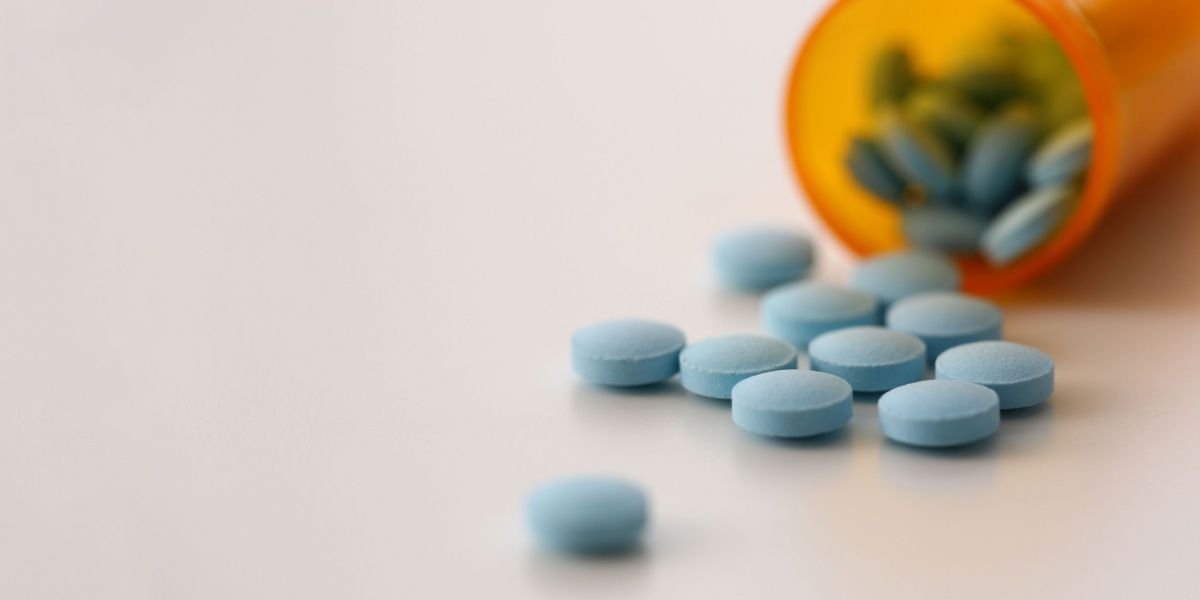Young Americans’ risk of dying from devastating heart infections has doubled to tripled over the last two decades, a rise doctors attribute to the opioid epidemic and intravenous injection.
.jpg?v=1722513317)
What is infective endocarditis?
Infective endocarditis—an infection, usually bacterial, of the lining of the heart valves and chambers—was traditionally found in those over 60, especially those with lowered immune systems, intracardiac devices such as pacemakers, congenital heart abnormalities, and age-related degeneration of the heart valves.[1]
However, people who inject drugs (such as opioids) are constituting a growing percentage of those 40,000 to 50,000 Americans who die annually from endocarditis: rising from 1.1% in 1999 to 3% in 2020, according to a new study in the Journal of Internal Medicine.[2]
Dr. Polydoros Kampaktsis, assistant professor at Columbia University's division of cardiology and author of the study, explained to Health Day why IV drug users are at risk. “Intravenous injection can introduce bacteria directly to the blood circulation,” he said. “Bacteria can be present in the skin or the needle. Once the needle enters the vein, it allows bacteria to enter the circulation and travel to the heart.”[3]
There, the bacteria infect the heart and, if untreated, can severely damage it. Complications of infective endocarditis include heart failure, pulmonary embolism (blood clot in a lung artery), heart failure, damage to the extremities, and stroke.
Treatment is difficult and limited to high doses of intravenous antibiotics. But the infection often remains in the bloodstream and returns.
If the heart valves are damaged, they can be replaced with prosthetic valves. However, open-heart surgery is risky.
Nearly a third (30%) of patients with endocarditis will die within a year.
The death rate has doubled or tripled among Americans under 45
The death rate from endocarditis has been falling, from 2.1 deaths per 100,000 people in 1999 to 1.8 in 2020. But among younger people, deaths from endocarditis have been rising sharply. They doubled among people 15 to 44 between 1999 and 2020, from 0.3 deaths to 0.6 deaths per 100,000 people, according to the study’s analysis of federal mortality data.
Even more alarmingly, the death rate from endocarditis tripled among people 15 to 34, from 0.1 to 0.3 deaths per 100,000 people.
These young people made up 10% of all endocarditis deaths in 2020, up from under 7% in 1999.
The opioid epidemic is the culprit
The researchers attributed that sharp uptick in young mortality from endocarditis to the country’s opioid epidemic and the risks of injecting drugs. Currently, two in 10 young Americans who die of infective endocarditis are PWID (people who inject drugs), their study found.
That’s up from one in 10 in 1999. However, CDC data underreports injection drug use, the researchers note, so these figures potentially underestimate the scale of the problem.
Their research backs up previous studies, which found that one in 10 hospitalizations for endocarditis is associated with injection drug use (such as heroin)—a figure that’s rising.[4]
In Ohio, a region hit hard by opioids, the Ohio State University Wexner Medical Center saw a 436% rise in endocarditis hospitalizations in just five years between 2012 and 2017. Most of that increase rise was driven by a spike in cases related to drug use: from just under 17% to around half.[5]
Harm reduction through needle exchanges
Outcomes are poor among patients who have contracted endocarditis from drug use, especially if they continue injecting. One study found that among endocarditis patients who receive a new heart valve, just 7% who were IV drug users survived for a decade without reinfection or other complications, compared to 41% of patients who didn’t use drugs.[6]
In some cases, patients receive new heart valves through surgery but continue using and soon those valves are damaged as well. Some surgeons refuse to replace heart valves a second time, a controversial decision. Scar tissue from repeated infections also makes multiple replacements difficult.
Better than repairing the catastrophic damage caused by infection is preventing that infection at all, some doctors argue. If opioid users are struggling to quit drugs, they can at least be given clean needles to inject safely.
“We should definitely try to give them clean syringes,” said Dr. Georgios Syros, director of arrhythmia services at Mount Sinai Queens, pushing for needle exchanges. “If you want to use, please use a clean syringe.”[3]

-blog-detail.jpg?v=1722513169)

-blog-detail.jpg?v=1722513294)
-blog-detail.jpg?v=1722513234)